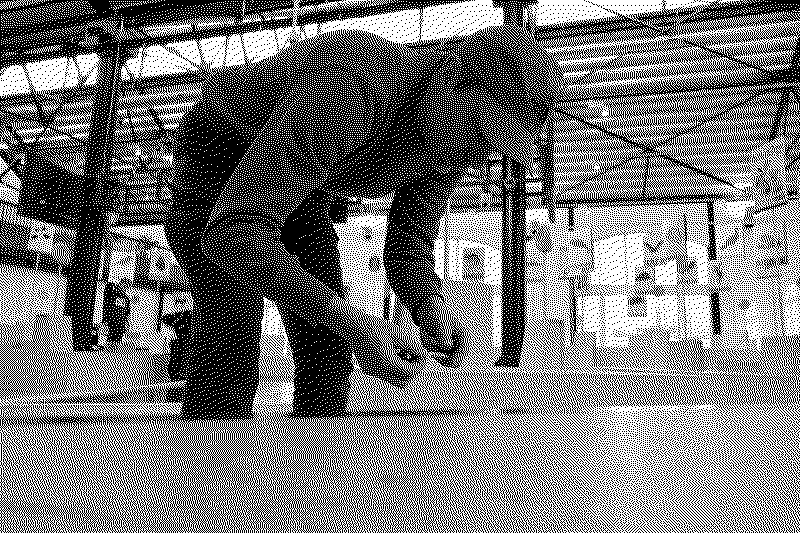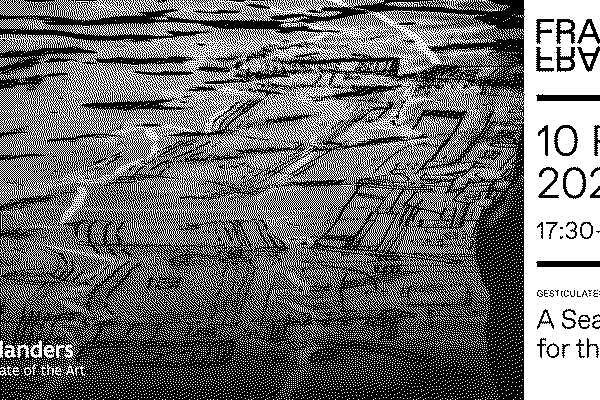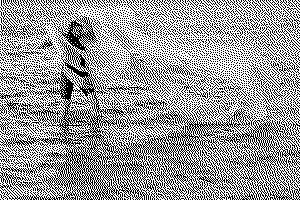Thinking becomes Spatial
Theun Karelse demonstrated how you can link stories and characters to features in the landscape, so thinking becomes spatial, a search for a way to let the land and the sea speak for themselves.

“Before the emergence of literacy, oral cultures were consolidated without written text, but through avast array of cultural forms. Song and ritual certainly, but to me the most interesting are ways of ‘storing’ knowledge directly into the environment. We lived like this for tens of thousands of years, which has been almost entirely forgotten, and there are no terms to describe these practices, but we may still be wired for it.
By linking stories and characters to features in the landscape, thinking becomes spatial. I’m no longer just walking to the supermarket, but through the evolutionary history of humanity, because that is what I’ve stored throughout that street. Literacy has a big disadvantage. When I walk past my bookshelf, nothing really happens. The ideas are inactively stored on pages, but when knowledge is surrounding you spatially it forms an active structure.
For example, when I walk past the café that represents the 1950s in my ‘timeline’, the green sides of the billiard-table signify the Delta plan. And it is there always! Every time I walk there I see the Delta works and the 1953 floods that triggered it. And I see them in the context of the 20 th century and beyond (the rest of the street) back to the early natural historians of Zeeland who reside centuries back along the street. Some of my mental world is now structured externally. And active in a way my bookshelf isn’t. After hardly a year of low-key practice my world has gained an entire extra layer of liveliness and guidance. Slowly I’m starting to get it. How the land (and the sea) can speak. “

